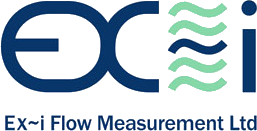Now with more pressure to take care of the environment and high bunker fuel costs, the shipping industry has to carefully monitor operating expenditure and fuel consumption. There have been longstanding methods to measure fuel consumption, such as tank measurements and noon reporting. But with high accuracy becoming increasingly important for ship owners and operators, the use of fuel flow meters for shipping operations is growing in popularity.
But which flow meter has the highest accuracy?
Positive Displacement (PD) flow meters are precision instruments and are widely used in measuring fuel consumption. However, the coriolis mass flow meters are gaining a reputation for delivering higher accuracy than PD flow meters because mass flow meters measure the mass directly. Although the accuracy of a mass flow meter can be high at a small measuring range, the PD flow meter’s accuracy is higher throughout the complete measuring range.
A mass flow meter is superior though when applied as a bunker flow meter, because the meter can detect the “cappuccino effect” in the bunker fuel. A PD flow meter will not detect the low density of the “cappuccino effect” without a density sensor, resulting in the fuel bill stating more tonnes of fuel than you actually received.
Using Multiple Flow Meters
It is possible to use different configurations of multiple flow meters for the measurement process, depending on the fuel system’s layout onboard and the amount of engines to be measured. Accurately measuring fuel flow starts with choosing the right meter configuration with the most appropriate and accurate sensors. But implementing the best system for fuel monitoring will differ per application, per fuel system and per ship.
Related Blogs:
